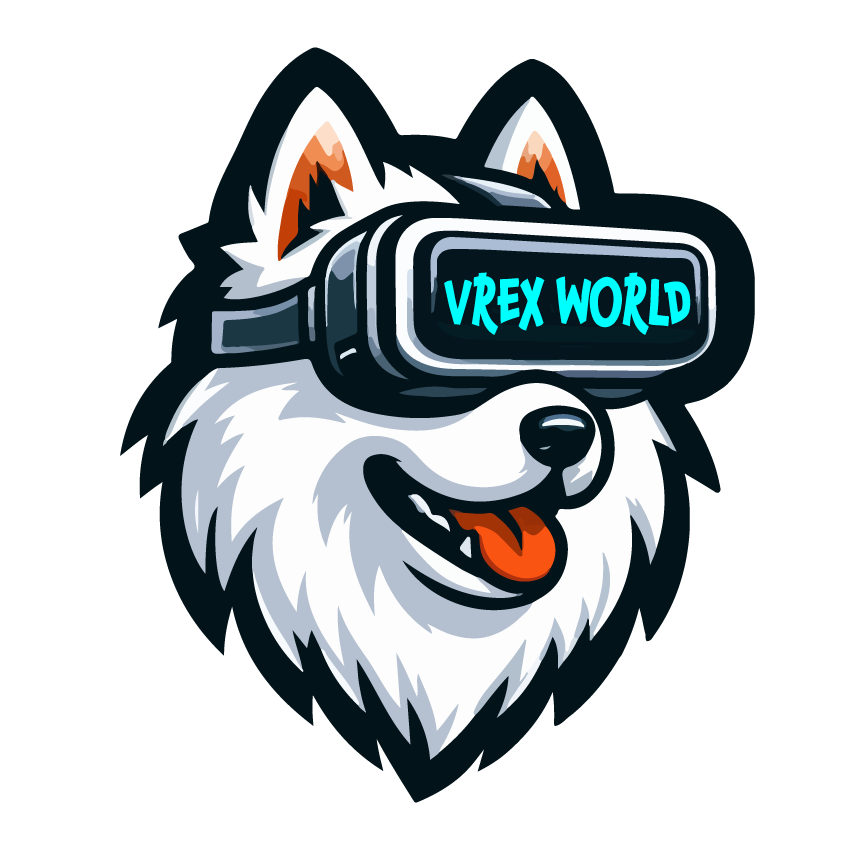|
(Optional) This text will appear in the inbox preview, but not the email body.
 |
| ◄Ongoing Projects |
|
| VR Application for Museums |
|
| We are developing a state-of-the-art VR application tailored specifically for museums. This immersive experience leverages advanced hand and body tracking technologies, eliminating the need for traditional controllers and providing a natural, intuitive way for users to interact with the virtual environment.
|
|
|
| This VR application revolutionizes the museum experience by combining cutting-edge technology with rich historical content, providing an educational, engaging, and accessible way to explore the past. |
|
Key Features:
1. Hand and Body Tracking:
- Intuitive Interaction: Advanced hand and body tracking technology allows users to explore and interact with exhibits naturally, enhancing the immersive experience.
- No Controllers Needed: The system does not require any physical controllers, making it accessible and easy to use for all visitors.
2. 3D Models of Destroyed Monuments and Constructions:
- Historical Reconstruction: The application features meticulously recreated 3D models of destroyed monuments and constructions, offering a unique glimpse into the past.
- Detailed Visuals: High-quality 3D models provide detailed visuals, allowing users to explore and appreciate the historical significance of each exhibit.
3. Dynamic Scene Transitions:
- Portal Navigation: Users can move between different scenes by passing through virtual portals, creating a seamless and engaging journey through history.
- Historical Moments: Each scene is designed to immerse users in significant historical moments, offering a vivid and educational experience.
4. Multi-Language Voice-Overs:
- Global Accessibility: The application supports multi-language voice-overs, ensuring that visitors from around the world can enjoy and understand the content.
- Authentic Narration: Voice-overs are provided by professional narrators, adding authenticity and depth to the historical narratives.
5. Multiplayer Support:
- Interactive Exploration: The multiplayer option allows users to explore the museum together, fostering social interaction and collaborative learning.
- Real-Person Guided Tours: Visitors can opt for guided tours led by real-person tour guides, providing expert insights and personalized experiences.
- Voice Communication: Built-in voice communication enables users to talk with each other or with the tour guide, enhancing the collaborative and interactive nature of the experience.
6. Educational and Engaging:
- Immersive Learning: The application combines advanced technology with historical education, making learning engaging and memorable.
- Emotional Connection: By recreating historical moments and monuments, the application helps users develop a deeper emotional connection to history.
Advantages for Museums:
1. Enhanced Visitor Experience:
- Immersive Technology: Visitors can experience history in a highly immersive and interactive way, increasing engagement and satisfaction.
- Accessibility: The use of hand and body tracking makes the application accessible to a wide range of visitors, including those with disabilities.
2. Educational Value:
- Interactive Learning: The application provides an interactive learning experience, helping visitors understand and retain historical information.
- Multilingual Support: Multi-language voice-overs ensure that the educational content is accessible to a global audience.
3. Increased Engagement:
- Social Interaction: Multiplayer support encourages social interaction among visitors, enhancing the overall experience.
- Guided Tours: Real-person guided tours add a personal touch, making the museum visit more informative and engaging.
4. Preservation and Presentation:
- Reconstruction of History: The application allows museums to showcase destroyed or lost monuments, preserving history for future generations.
- Dynamic Exhibits: The ability to create dynamic scenes and transitions keeps the exhibits fresh and engaging.
5. Cost Efficiency:
- Scalable Solutions: The virtual environment can be easily updated and expanded, offering a scalable solution for museums.
- Reduced Physical Space: By offering virtual exhibits, museums can reduce the need for physical space and resources.
|
|
|
|
